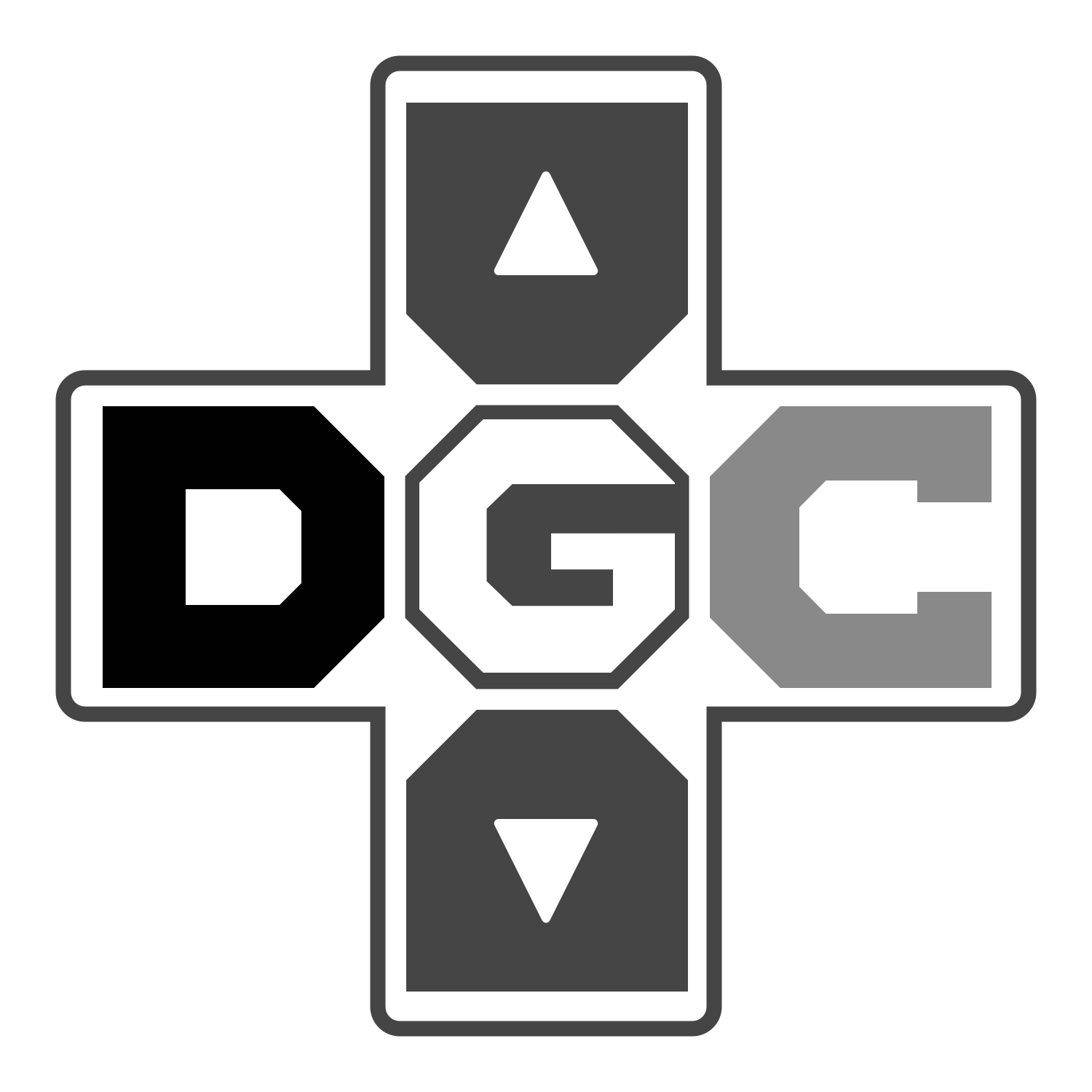DGC Ep 071: Half-Life 2 Bonus
Welcome to Dev Game Club, where we have been discussing Valve Software's 1998 classic Half-Life. This week we do a little bonus work and turn to its sequel, Half-Life 2, released at the end of 2004. Dev Game Club looks at classic video games and plays through them over several episodes, providing commentary.
Sections played:
Up to Water Hazard
Podcast breakdown:
0:36 HL2 Discussion
40:05 Break
40:35 Feedback
Issues covered: the airboat: digital input/analogue output, E3 demo, face technology, glossing over the interlude between the two games, characters as connective tissue, establishment of setting, building of tension, commitment to first person as production concern in HL1/creative commitment in HL2, waiting in line for food dispenser, art direction, the oppressor vs the oppressed, masks in Antonov's art direction, disempowering the player, physics technology, influence of 1984 on City 17 (the proles), multiple instantiations of characters in HL, playing on nostalgia, domesticated head crab Lamarr, everything goes haywire, Alex's introduction, fully realized space (HL1) vs fully realized characters (HL2), being unable to break the scene, humor in the scenes, humor for exposition, humor as humanity, interaction of all the physics systems, real world rules, buoyancy puzzles, inspiring Tomb Raider design, linearity and looping back on goals, pacing working against non-linearity/goal puzzling, lack of ability to return to places, the Vortigant member of the resistance, reintroducing the HEV suit, self-awareness, audio for Combine, EKG death sound, the audio equivalent of screenshake, Marin County Fair, licensed engines and internal engines, avoiding dependency, amortizing development cost, what a game engine provides, changes we made to Unreal to support Republic Commando, additions to Source engine in HL2, making your game not look like other games made with an engine, having access to source code, prototyping vs making things perform well, evaluating pros and cons, economic reasons, changing engines mid-stream, remastering and rewriting renderers, marketing reasons for sequels and leveraging existing technology and knowledge base, design documentation, game design documents (GDDs) vs scrum, documenting for your own sake, documenting tech features, producers as living documents, using a document as a tool for yourself, visual tools, on-screen is king.
Games, people, and influences mentioned or discussed: Marc Laidlaw, Dario Casali, The Last Guardian, Halo, Daron Stinnett, Republic Commando, Soylent Green, Carl Wattenberg, Viktor Antonov, Dishonored (series), Arkane Studios, 1984, William Shakespeare, Tomb Raider, Batman, Kelly Bailey, Alex Farr, Rebel Assault II, X-Wing, Quake, Unreal, Frostbite Engine, EA, Battlefield, Dragon Age: Inquisition, Battlefront, Mass Effect, iD Software, Ubisoft, Snowdrop engine, Rayman Legends, Michel Ancel, Activision, UbiArt Framework, Gears of War, Sea of Thieves, Player Unknown's Battlegrounds, Bethesda Softworks, Wolfenstein, The Evil Within, Unity, Tacoma, Bethesda Game Studios, Starfighter (series), Full Throttle II, Mysteries of the Sith, Chris Klie, LEIA engine, LucasArts, Jedi Knight, Crystal Dynamics, Bungie, Duke Nuke'em Forever, Uncharted, Ratchet & Clank (series), Fallout 3, Skyrim, Goldeneye, N64, Rare Replay, Dan Hunter, TIE Fighter, Troy Mashburn, Stone Librande, SimCity, SNES Classic, Nintendo, Super Metroid, Link to the Past, Alex Neuse, Super Mario Bros., Super Mario 64, Super Mario Sunshine, Super Mario Galaxy, Super Mario Odyssey, Nintendo New 3DS, Wii, Yoshi's Island.
Stats:
BrettYK: 23
TimYK: 40
Next time:
Super Mario World: Play through Yoshi's Island
Link:
Stone Librande on One-Page Game Designs
@brett_douville, @timlongojr, and @devgameclub
DevGameClub@gmail.com
